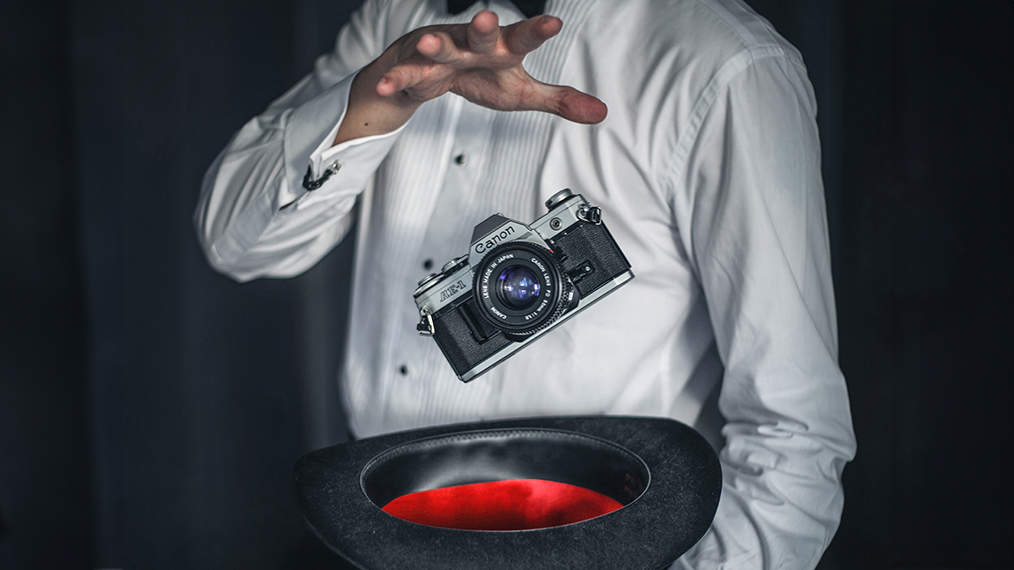49 years on, the Canon AE-1 is still a gateway drug to film cameras
Why is the Canon AE-1 is still one of the most popular film cameras, almost half a century after in launched?

When it launched in 1976, the Canon AE-1 took the photography world by storm. Here was a camera that made advanced features affordable to the mass market, and the camera sold like crazy to those who had always wanted to try film photography.
Fast-forward 49 years and, amazingly, the Canon AE-1 (review here) still serves the exact same purpose – but to an entirely new generation that has always wanted to try film photography.
The Canon AE-1 is widely regarded as one of the best film cameras. But there's a good reason that, for almost half a century, it has been consistently recommended as one of the best cameras for beginners: it offers great bang for buck, is easy to use and delivers great results, and obviously offers brilliant build quality.
That last point is quite interesting, because some people criticized the AE-1's durability back in the day, being as it used some plastic parts instead of metal ones (reducing both cost and weight).
And of course, in an era where Nikon cameras dominated professional photography, it was another reason to dismiss the Canon AE-1 as an amateur camera.

Few people listened to the camera snobbery, though. The AE-1 brought its titular autoexposure functions – which had previously been the preserve of expensive, high-end cameras – to the masses. With the magic of shutter priority shooting, powered by a microcomputer (only the second SLR to have one), advanced photography was now available to almost everyone.
The Canon AE-1 was my first ever camera, complete – as was the practice for so many years – with an FD 50mm f/1.8 "nifty fifty" lens. There were some great FD lenses, and I soon added a 24mm f/2.8, but it's the 50mm that has lived on the camera for the 35-odd years I've owned it.
The best camera deals, reviews, product advice, and unmissable photography news, direct to your inbox!
The fact that the camera was so popular means that there are plenty of Canon AE-1s on the second-hand market today – continuing its legacy of being an affordable entry-level film camera. Likewise, there are tons of FD lenses available for reasonable money, so if you're looking to buy your first film camera then this is a very budget-friendly way to get started.
Mine is in need of a service, but it remains an absolute joy to shoot with. Film photography will always feel a bit alien to first-timers, especially those expecting mirrorless mod cons or the instinctive interface of camera phones. Still, if you're on the fence about trying one out, take it from me: the Canon AE-1 will be your gateway drug to film photography.
You might also like…
Take a look at the best Canon cameras of the current day – along with the best retro cameras, which give you the classic chassis with modern mirrorless tech inside.

James has 25 years experience as a journalist, serving as the head of Digital Camera World for 7 of them. He started working in the photography industry in 2014, product testing and shooting ad campaigns for Olympus, as well as clients like Aston Martin Racing, Elinchrom and L'Oréal. An Olympus / OM System, Canon and Hasselblad shooter, he has a wealth of knowledge on cameras of all makes – and he loves instant cameras, too.
You must confirm your public display name before commenting
Please logout and then login again, you will then be prompted to enter your display name.
